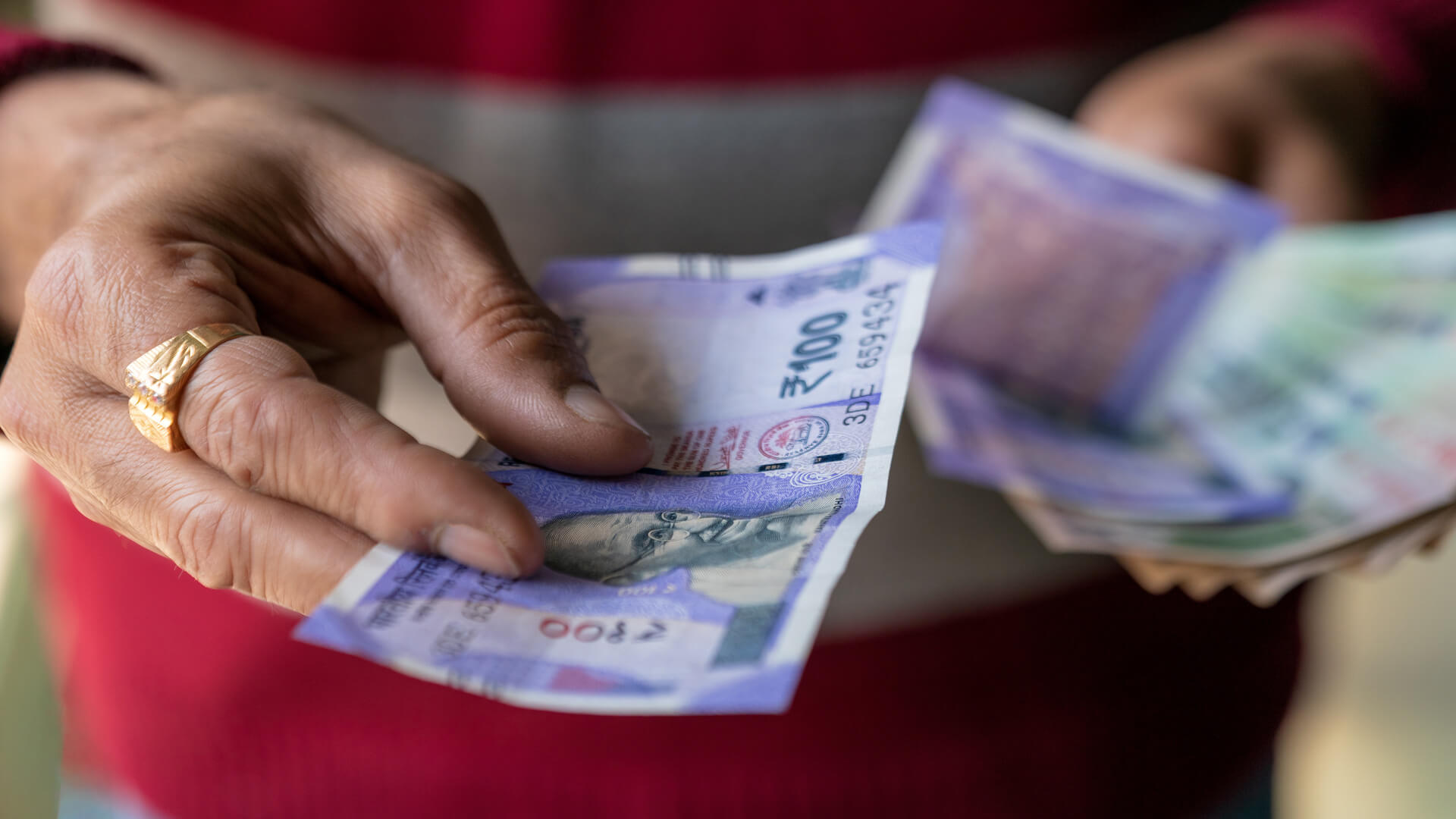


The deadline was later extended to 1 January 2015, and then again to 30 June 2016. In January 2014, RBI announced that it would be withdrawing from circulation all banknotes printed prior to 2005 by 31 March 2014. The reverse side featured the motif of an oil rig, a satellite and a steel foundry, all together featuring the Economy of India.Īs of 2011, the new ₹ sign had been incorporated into banknotes of ₹1000. It had a Braille feature to assist the visually challenged in identifying the currency. The ₹1000 banknote of the Mahatma Gandhi Series is 177 × 73 mm pink-red coloured, with the obverse side featuring a portrait of Mahatma Gandhi with the signature of the governor of Reserve Bank of India. In order to contain the volume of banknotes in circulation due to inflation, the ₹1000 banknote was again re-introduced in November 2000, under the government of Atal Bihari Vajpayee, as a part of the Mahatma Gandhi Series of banknotes these were demonetized on 8 November 2016 by the Prime Minister of India Narendra Modi, with the claimed reasons of preventing the issue of counterfeit currency and to fight corruption and black money in India. In January 1978, all high-denomination banknotes of ₹ 1000, ₹ 5000, and ₹ 10000 were demonetized in order to curb unaccounted cash money. Post-independence, the denomination was re-introduced in 1954. It was first introduced by the Reserve Bank of India in 1938 under British rule and subsequently demonetized in 1946. The Indian 1000-rupee banknote ( ₹1000) is an obsolete denomination of the Indian rupee. Special variety of cotton, linen, abaca and fibre Security thread, latent image, micro-lettering, intaglio print, fluorescent ink, optically variable ink, watermark, and see through registration device. Obsolete denomination of the Indian Currency


 0 kommentar(er)
0 kommentar(er)
